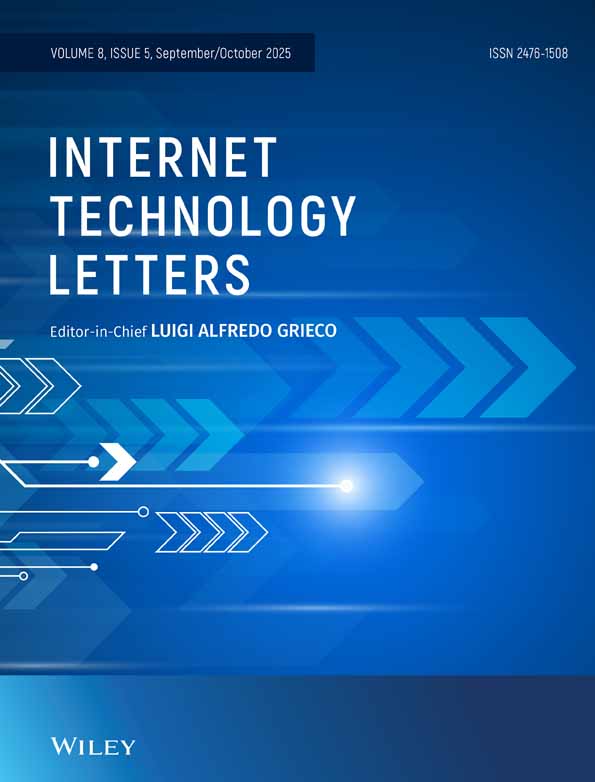Cloud-Native 5G Core Network Virtualization, Scalability, and Intelligent Traffic Management Applications
Funding: The author received no specific funding for this work.
ABSTRACT
To meet the increasing demands of the modern networks, the dynamic resource allocation (DRA), improved Scalability and intelligent traffic management were made possible by the virtualization of the Cloud-native 5G Core Network (5GC). 5GC successfully manages the various network services using cloud-native principles, which could increase 5GC's potential in terms of automation, flexibility, and efficiency. Current 5GC applications primarily face three challenges: poor traffic management tactics, limited scalability in heavy traffic loads, and inefficient resource utilization (RU). Conventional virtualization techniques do not achieve dynamic response to changing network needs. Those traditional approaches may lead to higher latency and performance constraints. We suggest the Cloud-Native Adaptive 5G Core (CA5GC) Framework, which combines AI-driven traffic management, microservice-based architectures, and containerized network operations to address these problems. To maximize resource usage, guarantee scalability, and improve intelligent traffic handling, the framework makes use of dynamic network slicing, Kubernetes-based orchestration, and machine learning-powered predictive traffic analysis. The proposed CA5GC framework facilitates real-time adaptation of 5GC resources, ensuring optimal network performance even during peak loads. By integrating intelligent traffic classification and automated orchestration, CA5GC enhances network efficiency and reduces operational costs for service providers. Significant improvements in resource efficiency, reduced network congestion, and enhanced service quality are attained by the potential of CA5GC. The results are encouraging, with 96.35% resource utilization and 95.27% service quality achieved. These metrics reflect the framework's effectiveness in optimizing performance in cloud-native 5G environments.
Conflicts of Interest
The author declares no conflicts of interest.
Open Research
Data Availability Statement
Data sharing not applicable to this article as no datasets were generated or analysed during the current study.




